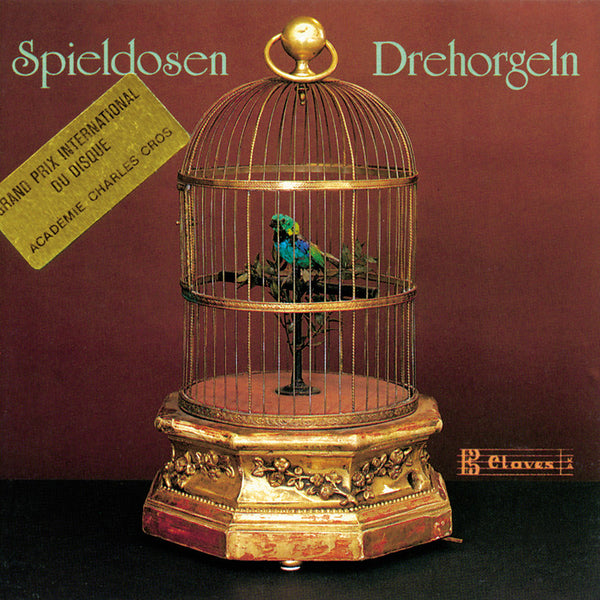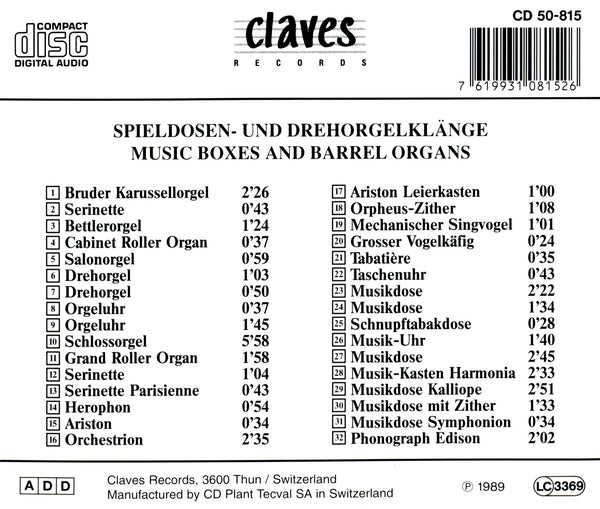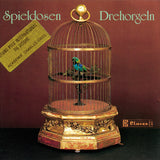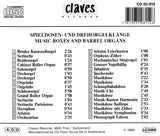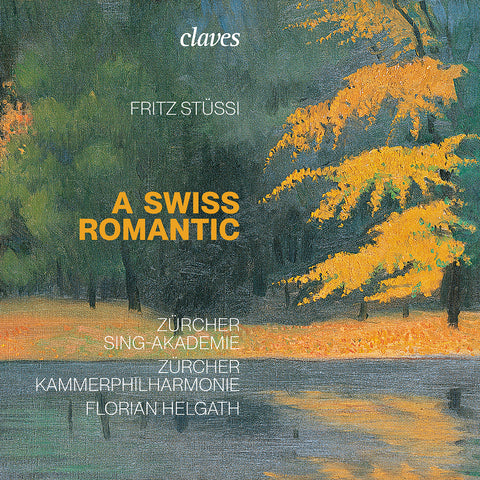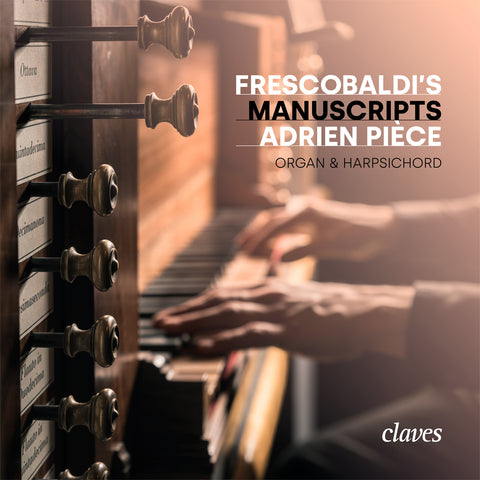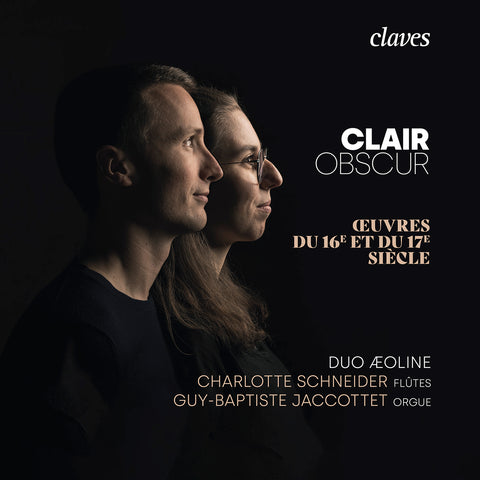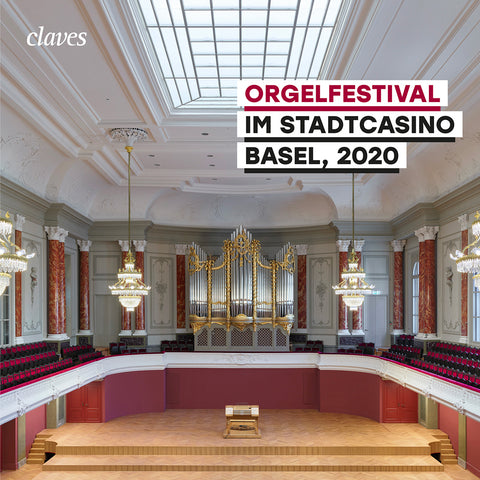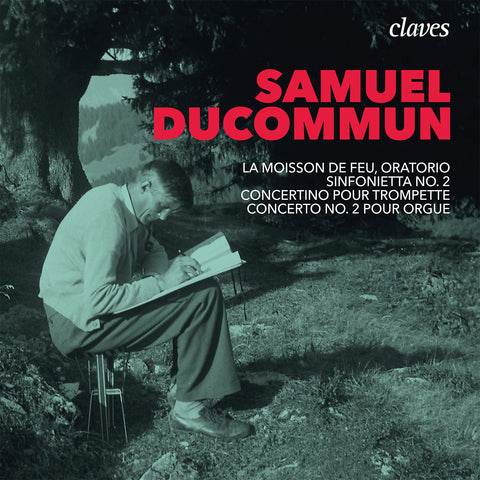(1989) Es War Einmal…
CD set: 1
Catalog N°:
CD 0815
Release: 1989
EAN/UPC: 7619931081526
- UPC: 829410496568
This album is now on repressing. Pre-order it at a special price now.
CHF 18.50
This album is no longer available on CD.
This album has not been released yet. Pre-order it from now.
CHF 18.50
This album is no longer available on CD.
This album is no longer available on CD.
VAT included for Switzerland & UE
Free shipping
This album is now on repressing. Pre-order it at a special price now.
CHF 18.50
This album is no longer available on CD.
This album has not been released yet.
Pre-order it at a special price now.
CHF 18.50
This album is no longer available on CD.
This album is no longer available on CD.
ES WAR EINMAL…
Gone with the wind...
And yet still palpably with us as witnesses of a time long passed, these old melodies strike our ears as if they want to invite us to linger a moment.
Are we happy? Were our forefathers also happy? What do these melodies – rising from forgotten times, enrapturing us with their beauty, only to fade again – wish to tell us? Perhaps they bring us in contact with an epoch which bestowed on man what he so often misses today: a little peace after a day’s work, moments to reflect and relax and, above all, inner contentment!
Through the ages man has tried to use music to relax. Once mechanical musical reproduction became possible, music spread as never before. Even non-musicians and the less well-off were able to have their own concerts, and the old and infirm could shorten the long hours.
Mechanical music was also acknowledged by the great classical composers; Mozart and Haydn, for example, like many others, wrote music for transcription for mechanical instruments. Count Esterhazy possessed many chamber barrel organs. Automatic instruments were to be found at the courts of emperors and kings, as well as in oriental harems or the houses of the middle class. Musical boxes were to be found in tiny jewel boxes and in huge dance-hall orchestrions.
They were barrel organs with dancing puppets and bell-ringing Chinamen to entertain those in the waiting-rooms at stations, and there was hardly a child who did not ask for a coin to buy a minute of happiness. However, only change is permanent…
More than a hundred years ago Thomas A. Edison succeeded in recording the human voice. The phonograph, constantly improved, began its triumphant progress around the world, unabated today. The discs and tapes have brought us much, both good and bad, who can say? They have, however, also taken something from us: a personal relationship with the instruments. Today music can be “called up” from a disc or a tape without the slightest thought; you are served at the touch of a button.
This recording of music for mechanical instruments from three centuries reminds us of our ancestors’ ingenuity, and that the standard of technology of the 20th century is only possible because of the foundation laid by craftsmen of earlier generations. Perhaps it is the irony of our time that because of cost we are no longer able to produce such instruments in detail, although the most modern machines are at our disposal. Have we become slaves to our Machines or of the Times?
(1989) Es War Einmal… - CD 0815
Gone with the wind...
And yet still palpably with us as witnesses of a time long passed, these old melodies strike our ears as if they want to invite us to linger a moment.
Are we happy? Were our forefathers also happy? What do these melodies – rising from forgotten times, enrapturing us with their beauty, only to fade again – wish to tell us? Perhaps they bring us in contact with an epoch which bestowed on man what he so often misses today: a little peace after a day’s work, moments to reflect and relax and, above all, inner contentment!
Through the ages man has tried to use music to relax. Once mechanical musical reproduction became possible, music spread as never before. Even non-musicians and the less well-off were able to have their own concerts, and the old and infirm could shorten the long hours.
Mechanical music was also acknowledged by the great classical composers; Mozart and Haydn, for example, like many others, wrote music for transcription for mechanical instruments. Count Esterhazy possessed many chamber barrel organs. Automatic instruments were to be found at the courts of emperors and kings, as well as in oriental harems or the houses of the middle class. Musical boxes were to be found in tiny jewel boxes and in huge dance-hall orchestrions.
They were barrel organs with dancing puppets and bell-ringing Chinamen to entertain those in the waiting-rooms at stations, and there was hardly a child who did not ask for a coin to buy a minute of happiness. However, only change is permanent…
More than a hundred years ago Thomas A. Edison succeeded in recording the human voice. The phonograph, constantly improved, began its triumphant progress around the world, unabated today. The discs and tapes have brought us much, both good and bad, who can say? They have, however, also taken something from us: a personal relationship with the instruments. Today music can be “called up” from a disc or a tape without the slightest thought; you are served at the touch of a button.
This recording of music for mechanical instruments from three centuries reminds us of our ancestors’ ingenuity, and that the standard of technology of the 20th century is only possible because of the foundation laid by craftsmen of earlier generations. Perhaps it is the irony of our time that because of cost we are no longer able to produce such instruments in detail, although the most modern machines are at our disposal. Have we become slaves to our Machines or of the Times?
Return to the album | Main Artist: Hannes Meyer







